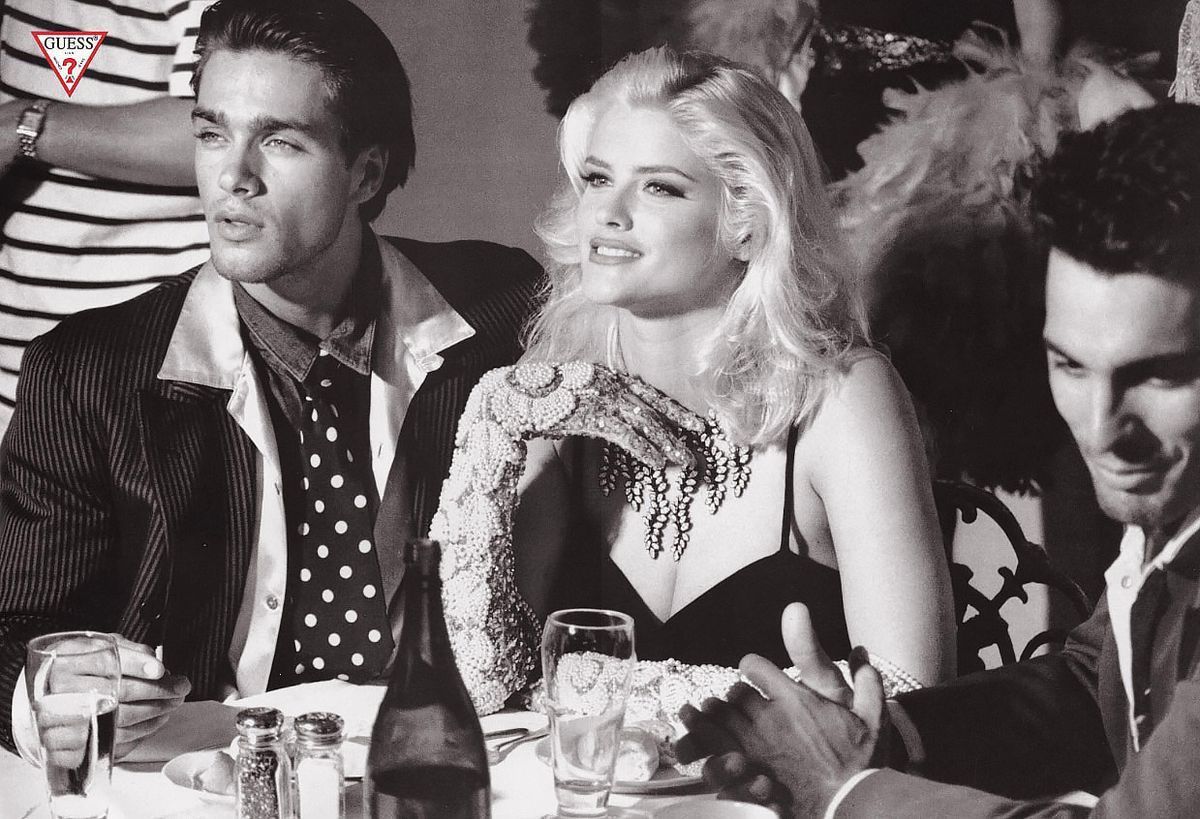How Anna Nicole Smith Became America's Punchline

How does a woman turn from a mortal to an icon overnight? Think of Pamela Anderson, in a tight Labatt Blue shirt, at a football game with her friends, and finding herself featured on the stadium jumbotron long enough for the crowd — and later the world — to fall in love with her. Or 16-year-old Judy Turner, cutting class at Hollywood High School, going to a soda fountain, and being “discovered” as Lana — “discovered” being the operative word.
For the Hollywood origin stories we know to be satisfying, the heroine in question must have no idea she is worthy of such attention until she is suddenly rescued from obscurity. Especially if she is to be remade as America’s next great sex symbol — as Anna Nicole Smith was in 1993, when she suddenly saturated American media, appearing on magazine covers, billboards, and screens of all kinds, and found herself touted as her decade’s Marilyn Monroe.
If the heroine’s allure is the product of not just blind luck but sustained effort and intent — let alone strategic surgical alteration and courtship of wealthy benefactors, as Anna Nicole Smith’s was — then she is too powerful to remain sympathetic, and becomes an object of jealousy, rather than aspiration. It’s one thing to be chosen as a goddess; it’s quite another to claw your way to the top of Mount Olympus. And when the public finds out a goddess is in fact a striving mortal, this revelation will push her into a very different kind of myth: one whose satisfying conclusion comes not when a woman is exalted, but when she is destroyed.




